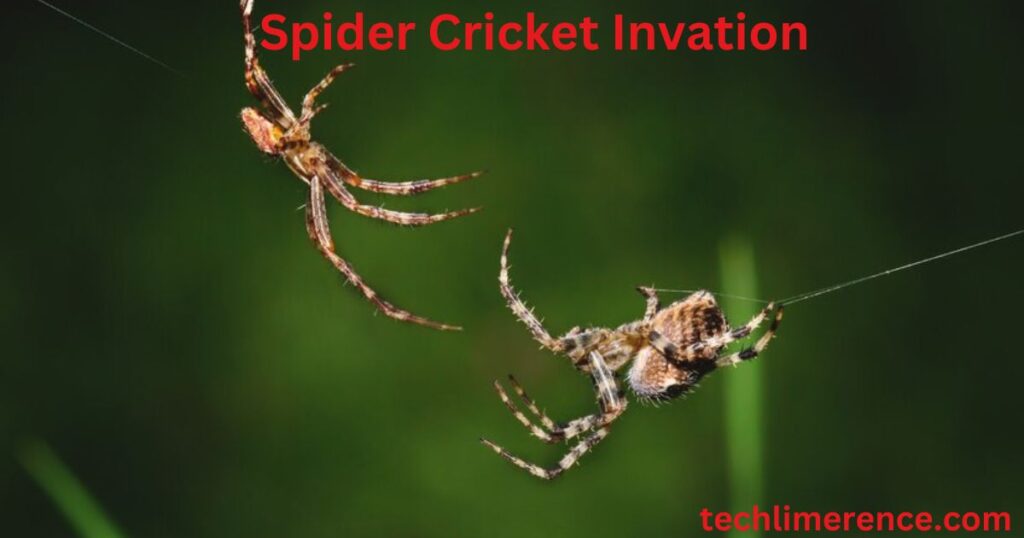Introduction
Imagine descending into your basement, only to be startled by a creature that looks like a spider but hops like a cricket. Welcome to the Spider Cricket Invasion: The Creepy Guest in Every Home. Meet the spider cricket, also known as the camel cricket or cave cricket—a harmless yet unsettling intruder that has been making its way into homes across the United States.
What Are Spider Crickets?
Spider crickets (family Rhaphidophoridae) are wingless insects distinguished by their humpbacked appearance, long antennae, and large hind legs. Their spider-like look and tendency to jump when threatened contribute to their unsettling presence in homes. These crickets are generally tan, reddish-brown, or dark brown, but they may appear black in the dark environments where they are found.
Why Are They Invading Homes?
Spider crickets thrive in cool, damp environments such as basements, crawl spaces, and garages. They are most likely to seek shelter indoors during hot, dry weather, typically in the summer and fall. Their attraction to moisture and darkness makes human homes an ideal refuge.
Identifying a Spider Cricket Infestation
Signs of a spider cricket infestation include:
- Physical Sightings: Observing live crickets in damp, dark areas of your home.
- Damage to Fabrics and Paper: Noticing chewed fabrics, paper, or other materials, as spider crickets may feed on these items.
- Fecal Smears: Finding dark fecal smears on surfaces, indicating a heavy infestation
Preventing Spider Cricket Infestations
To keep these unwelcome guests at bay, consider the following preventive measures:
- Reduce Moisture: Use dehumidifiers in basements and crawl spaces to create a less hospitable environment.
- Seal Entry Points: Inspect and seal cracks, gaps, and openings around doors, windows, and foundations to prevent their entry.
- Eliminate Clutter: Remove piles of debris, cardboard boxes, and other clutter that provide hiding spots for these pests.
- Maintain Landscaping: Trim back bushes and remove organic debris near your home’s foundation to reduce outdoor hiding spots.
Getting Rid of Spider Crickets
- Sticky Traps: Place sticky traps in areas where you’ve seen spider crickets. Adding bait, such as a piece of moldy bread, can increase effectiveness.
- Soapy Water Traps: Set out shallow bowls of soapy water; crickets are attracted to the moisture and will drown upon attempting to drink.
- Vacuuming: Use a strong vacuum to remove crickets, and empty the vacuum immediately to prevent escape.
- Professional Pest Control: For severe infestations, contacting a licensed pest control professional is advisa
Interesting Facts About Spider Crickets
- Cannibalistic Tendencies: Spider crickets may resort to cannibalism when food is scarce, feeding on their own kind.
- Jumping Behavior: When threatened, they often jump towards predators, a behavior that can startle humans but is intended to confuse attackers.
- Lack of Chirping: Unlike other crickets, spider crickets do not produce chirping sounds, making their presence less noticeable.
Conclusion
While spider crickets are harmless to humans, their presence can be unsettling. By understanding their habits and taking preventive measures, you can keep these creepy guests out of your home. Remember, maintaining a dry, clutter-free environment is key to preventing an infestation.
